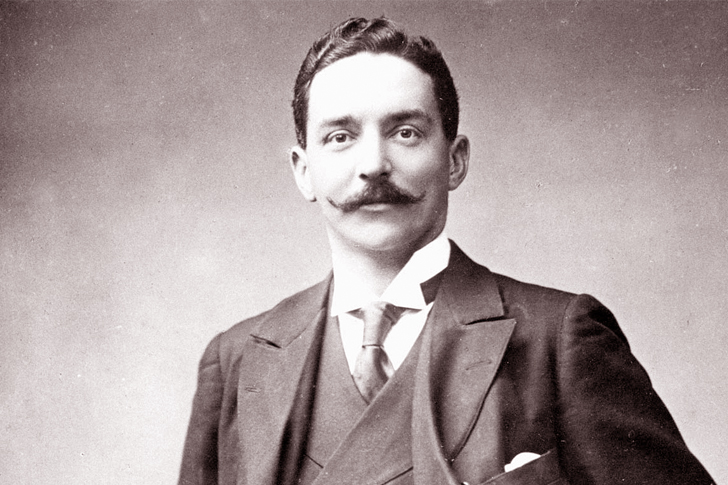
Everyone knows the Titanic, partly from the popular film starring Leonardo DiCaprio and Kate Winslet, but mostly because it’s one of the biggest ship tragedies to date. If you look back at it today, it seemed nothing more than a boat hitting an enormous iceberg.
Since its sinking, questions still arise every now and then. What if there was something that we missed? Many find it suspicious that an “unsinkable” ship with an insurance claim would sail head-first into an iceberg field. Today, after 106 years, new evidence suggests that the tragedy might not have been simply “man vs nature.”
1. THE TITANIC
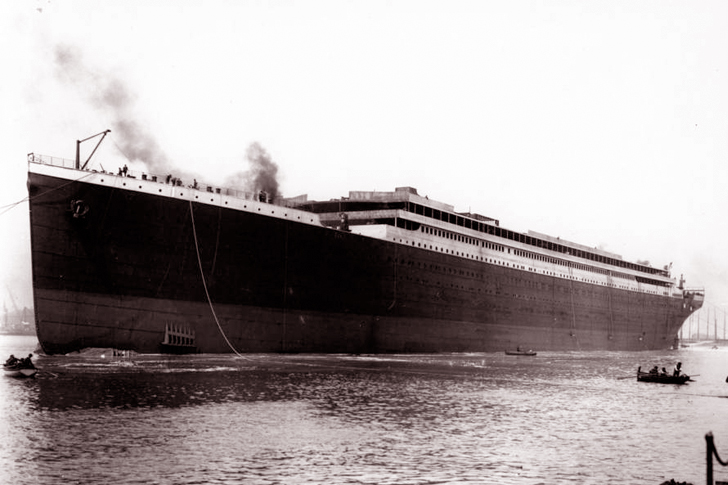
The RMS Titanic was extremely popular from day one of its construction, which is why it quickly bagged the name “Queen of the Ocean” and was often boasted to be unsinkable. It was indeed an innovation for being the first super cruise liner. In fact, many considered putting the Titanic on the list of wonders of the world.
Given its size, building the ship cost a significant portion of investment money. Another shipyard, which later turned into Hardland and Wolff’s shipyard in Belfast, had to be built just to finish construction. Soon, the shipyard became the origin of the Titanic and its sister cruiser Olympic.
2. CRUISER WARS
The cruiser company behind Titanic, White Star Line, was in the midst of a tight competition during the ship’s construction. In an attempt to rival other companies, executive and overseeing chief J. Bruce Ismay decided to explore a bigger ship size. This decision was influenced by their main competition, Cunard Line, who was making headlines for their fast-sailing ships and exceptional sea liner services.
The transoceanic cruiser wars were as intense as ever. Ismay as determined to shell out cash loans just to perfectly execute his idea of a colossal ship that would wow the public. As we know today, this plan backfired.
3. LOW BUDGET
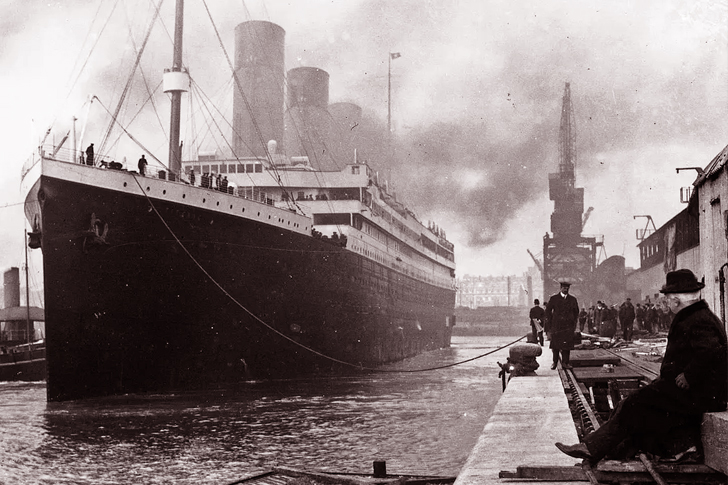
When chief planner Thomas Andrews got assigned to the RMS Titanic, he was nothing short of excited. He gladly laid out his plans for the luxurious vessel. It was complete with 5-star services and interior. However, all these arrangements soon fell short. Ismay conveyed news of his new money management particulars.
With his company falling behind its rivals, it was evident that Ismay was trying to cut corners and tighten the budget. He wanted the ships out the water the soonest. Andrews was quick to contest, explaining that there are certain aspects that couldn’t be compromised, including steel quality and the lifeboats. Ismay simply brushed it off.
4. THE NATIONAL COAL STRIKE
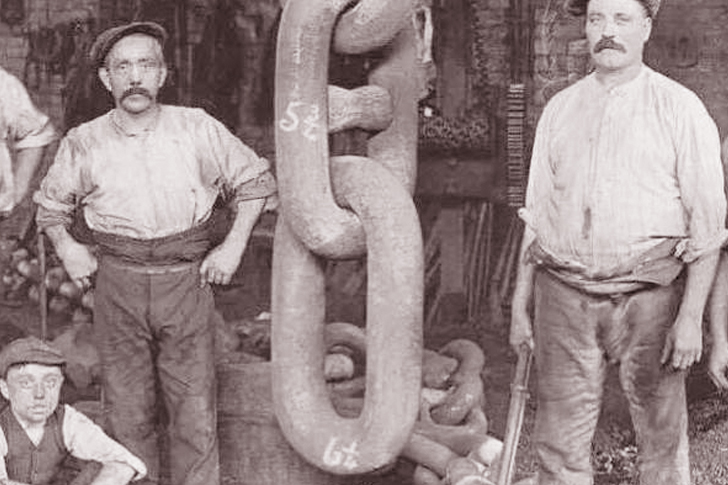
When the RMS Titanic was built, it was a time of the nation’s first furious coal strike. Although it seems unrelated at first, this actually had a huge impact on the White Star Line. The said strike is now called the National Coal Strike of 1912. As a consequence, many laborers were on the hunt for jobs in the industrial sector.
What sparked the strike was the workers couldn’t agree with the amount of wages they were receiving. At the time, it wasn’t enough to pay for normal commodities like gas. This clash put additional pressure on White Star Line.
5. THE DOCUMENTARY
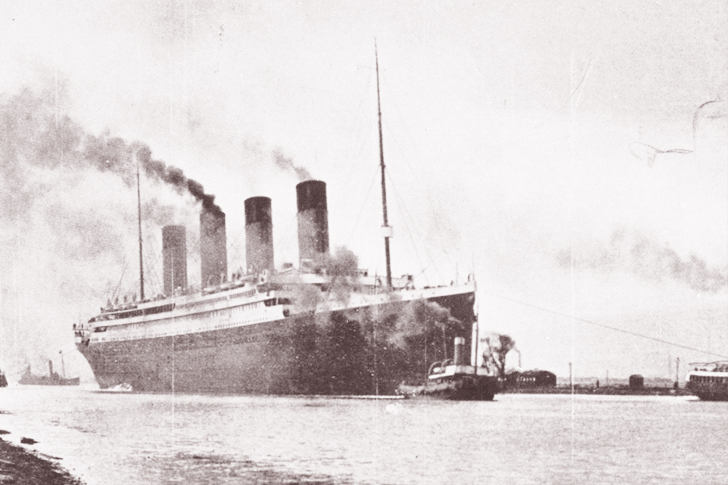
It was evident that the National Coal Strike of 1912 affected the cost of coal. Partnering these new prices with Ismay’s investment planning only brought the worst outcome. A 2017 documentary dedicated to the tragedy titled Titanic: The New Evidence dove into fuel deficiency as one of the main reasons behind the sinking.
Backing the ship off and speeding it up again was eating more fuel than if they were simply running at a constant speed. With the pricing and budget cuts, the documentary explained that perhaps they were going at full speed in the icy mass field. They were trying to use as little fuel as possible.
6. THE CRASH
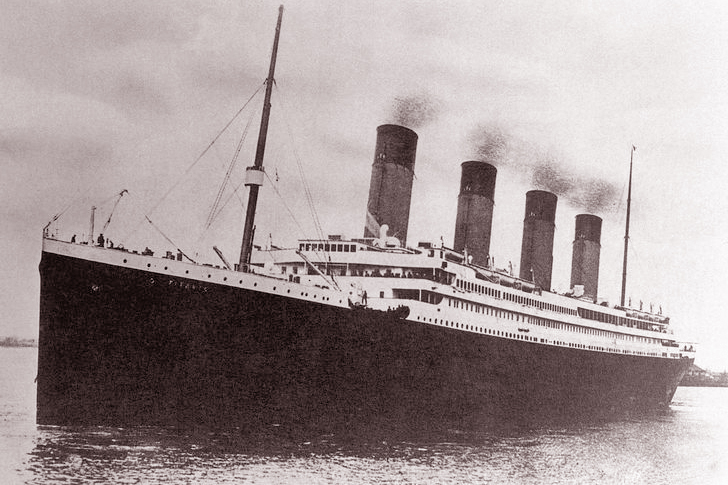
With Ismay’s situation, budgeting fuel couldn’t have been the last of it. While the RMS Titanic looked sturdy from the outside, it was incredibly easy to crush on the inside. Its lack of secure construction was verified when its sister cruise RMS Olympic struck the Royal Navy’s HMS Hawk.
As expected, the HMS Hawk damaged the RMS Olympic with a huge opening. The steel used for the flooring and other components were substandard, but Ismay did not care. Even as the ship seemed easy to tear without effort, Ismay simply snubbed steel companies and stood by his claim that “normal” steel was enough for the ships.
7. LUXURIOUS SHIP
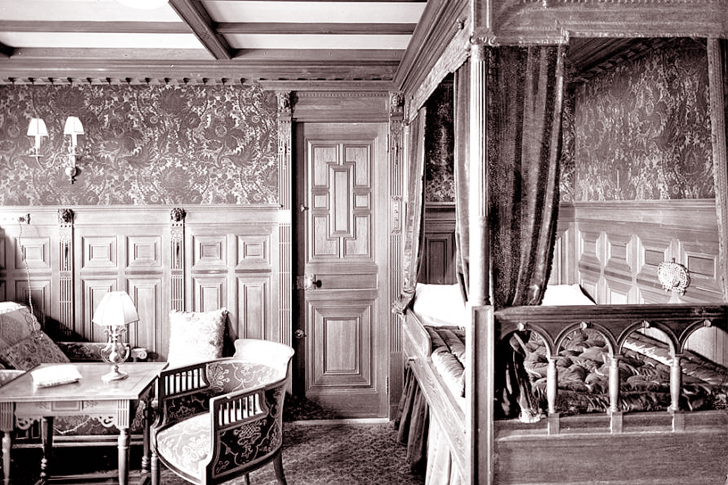
When the RMS Titanic was advertised as a luxurious ship meant for the rich who had no trouble with credit, the public didn’t think that even its safety would be compromised. Many saw the ship as an absolute scam. However, the cheap materials are just the start of the many problems, and the worst ones happened inside.
A photo album was found in 2017 with pictures of the Titanic before it sailed. Titanic expert Senan Molony took one good look at the photos before he said, “… the Titanic equivalent of Kung Tutankhamen’s tomb.” During his discussion with the album owner, Molony found yet another photograph that surfaced new theories.
8. THE PHOTO ALBUM
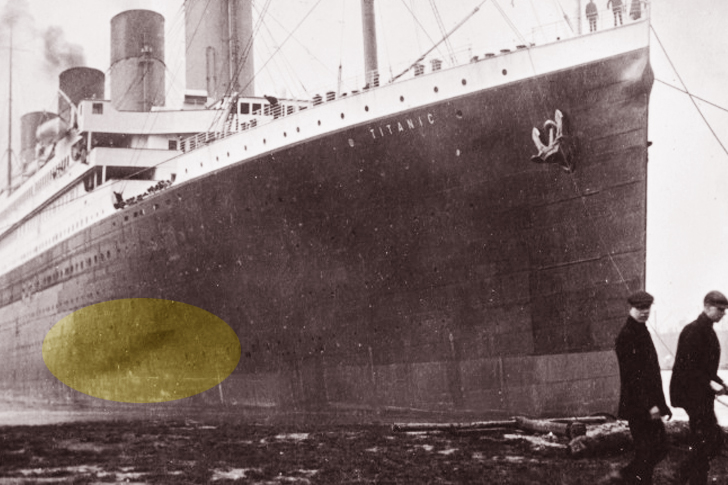
After Raffield further inspected the photo, something caught his attention. He initially brushed it off as a glare. However, a closer inspection revealed that it wasn’t a simple damage caused by the photograph’s age.
Giving credit to his expertise, Raffield decided to blow up the photo to see it clearly. He was stunned to see a 30-foot scorch mark, but he decided to go through the entire album just to be sure. Indeed, the mark was visible. It was placed where one of the boilers was supposed to be on the inside. This mark could mean that there was a fire on the inside that would have caused the damage.
9. THE GREAT FIRE OF TITANIC
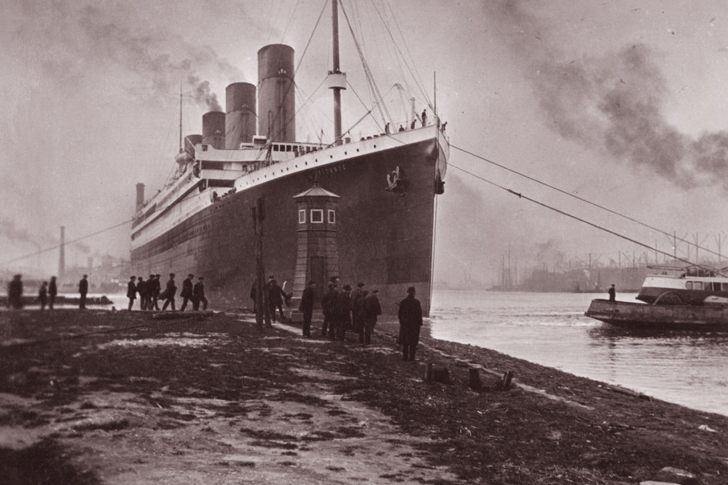
A ship as enormous as the RMS Titanic would require coal bunkers huge enough to sustain power to fuel the ship and keep it running. Without these bunkers, the ship simply wouldn’t sail. According to research featured in the documentary Titanic: The New Evidence, the ship’s coal bunkers were estimated to be three stories high.
The huge space was enough to store 1.5 tons of coal that would turn into gas. While this was standard procedure, there was a fact that alarmed researchers. Something inside the ship had heated up the reserved and caused the Titanic to burn from the inside out.
10. CHILLING REPORTS
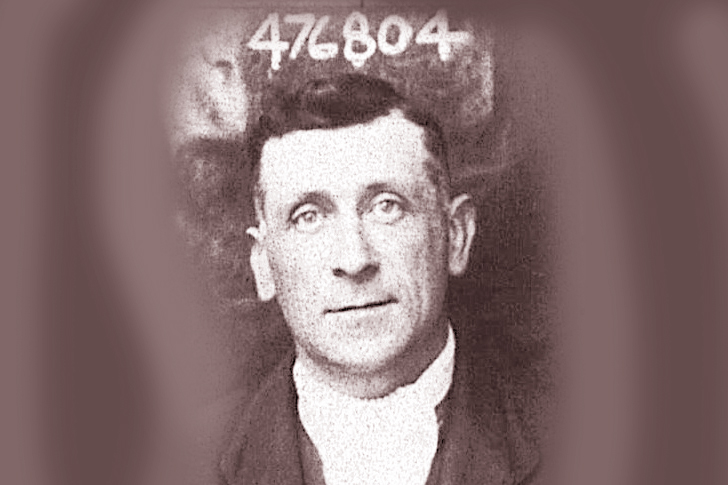
The fire doesn’t seem like a big deal at first. It could easily be put out and covered by insurance. However, the chilling fact is that the fire was not extinguished before the Titanic sailed. Photos surfaced to support this claim.
In reports that date back to 1912, the fire was merely mentioned, with no details as to how it was managed. An engine room worker named John Dilley saw the fire himself. In his report, he wrote, “There were hundreds of tons of coal stored there. We made no headway against it… we didn’t get the fire out… from the day we sailed, the Titanic was on fire.”


